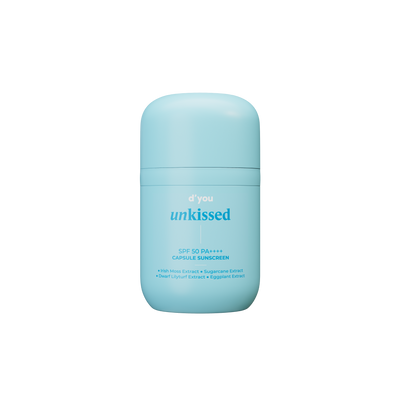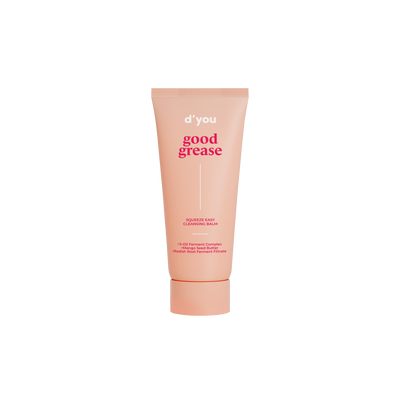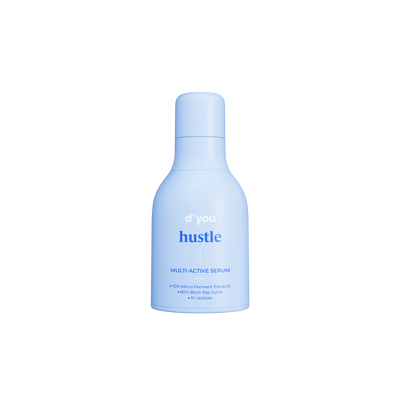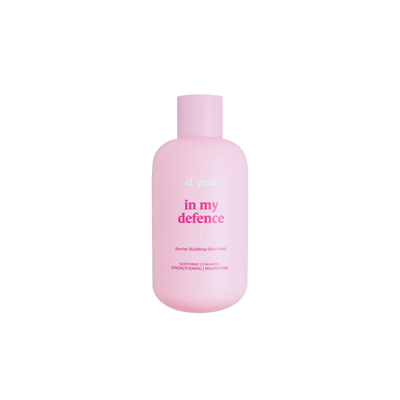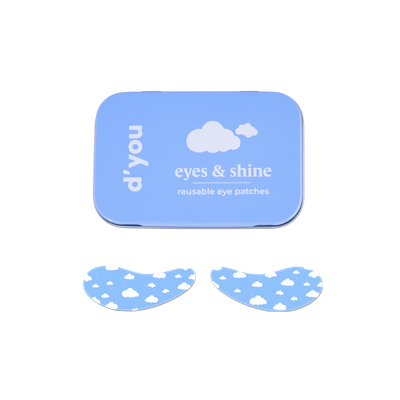
Our skin is a formidable barrier against environmental aggressors, but what few people know is that the health of our skin is dependent on a living ecosystem that inhabits the skin’s surface – the skin microbiome.
But this ecosystem is fragile, and its balance can be easily altered. The result? A cascade of skin diseases. So, let’s understand our microbiome better and how not to disrupt it.
What is it?
The microbiome refers to the diverse array of bacteria, viruses, fungi, and archaea that make their home on the skin. Typically, a person has around 1,000 species of bacteria on their skin.
Different microbes for different folks
The skin microbiome is seeded at birth. The microbial community continues to grow and diversify until the final composition is shaped at puberty.
The microbial habitat is person-specific (depends on the genetic makeup, age, immune reactivity, climate, occupation, and hygiene) and varies across the body surface.
What does it do?
Shortly after birth, the first microbial colonists prepare the immune system to tolerate commensal microbes (the good ones!) while training them to respond to similarly marked pathogens.
The microbiome communicates with our immune system to cause or prevent an immune response. These interactions help reinforce the skin barrier, boost the body's defenses against infections and curb excess inflammation.
The skin microbiome acts like a biodynamic membrane, constantly deciding what enters the skin and what is blocked. When it's functioning at its optimal capacity, it traps moisture and keeps irritants and potential pathogens out.
However, it's not all hunky-dory …
The skin-microbiota ecosystem is fragile and even if one strain in the microbiome excessively multiplies and crowds out the others, it can lead to dysbiosis, or an imbalance.
An imbalanced microbiome can manifest in many different ways depending on the person's genetic predisposition, including acne, eczema, rosacea, and psoriasis. It can also accelerate skin sensitivity, loss of elasticity, uneven tone, and wrinkles.
How can we keep it balanced?
- Steer clear of cleansers with harsh surfactants and antibacterial properties. They strip the skin of natural oils and disturb the microbial balance.
- Use pH-balanced products to provide a hospitable environment for the commensal microbes. If you’re wondering which product would make the cut here, Hustle is pH balanced at a skin-friendly pH of 5.1-5.5. This ensures that you can safely use Hustle every day without damaging the acid mantle of your skin barrier.
- Proactively incorporate barrier fortifying ingredients like ceramides, cholesterol, and niacinamide to support a healthy microbiome for your skin barrier. Our barrier fortifying moisturiser, in my defence, contains 20x more ceramides than industry standard along with other essential lipids like cholesterol and fatty acids.Within a few uses, it can help provide the much-needed barrier strength and protection one needs to facilitate a healthy microbiome.
- Prebiotic, probiotic and post-biotic ingredients are great for the skin microbiome, but be careful in distinguishing these ingredients correctly. Hustle contains 10% ferment extracts (probiotic skincare) which give your skin's microbiome a comforting cuddle.
